Teaching Election Day Resources
- October 27, 2020
- By KIDS DISCOVER
Every four years, teachers are presented with a unique opportunity. While talking about the election with your students may seem like a tricky topic, it was always one of my favorites to teach. To help you prep, we’ll show you how to approach Election Day in a non-biased way.
Free Units of Study
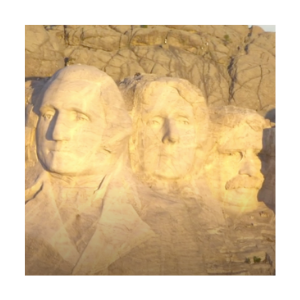
From the Constitution to the three branches of government to the checks and balances that are supposed to prevent the president from becoming too powerful, kids will take a deep-dive into our country’s presidency and the lengthy process of running for president.

This Unit offers a compelling narrative about how our government functions. First, kids get an overview of the executive, the legislative, and the judicial branches, and the balance of power at the federal level. Then they are introduced to state and local governments, including their structure and responsibilities.
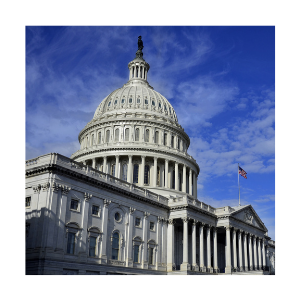
This Unit offers a compelling narrative about how our government functions. First, kids get an overview of the executive, the legislative, and the judicial branches, and the balance of power at the federal level. Then they are introduced to state and local governments, including their structure and responsibilities.
Free Topics of Study
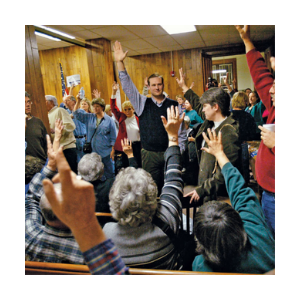
The election of a president begins with the nomination of a candidate by each of the major political parties. A party’s selection of a candidate starts when states hold a primary election. Some states hold caucuses, where members of each party meet in groups around the state. There, they discuss and vote for their chosen candidate.
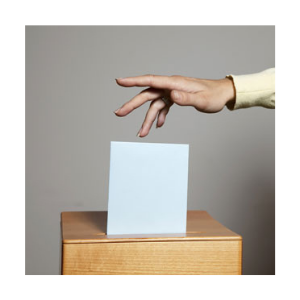
Electing our leaders is at the core of American democracy. Getting elected to any office is a hard process, and that’s even more true of getting elected to the presidency. Any election involves political parties, primaries, conventions, campaigning, money, and voting.
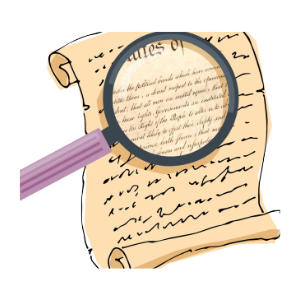
Washington, D.C., was created for just one reason—to be the seat of the United States government. Washington started out small. It was a small government for a small nation, but as the nation grew, so did the government.
Free Infographics
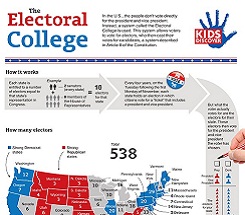
Ever wonder how the President of the United States gets elected? Check out this infographic for a step-by-step breakdown of how the Electoral College works.
Federal, State, and Local Government
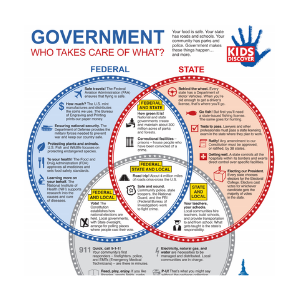
In 1789, our Founding Fathers created the first 10 Amendments in the U.S. Constitution. In this infographic, you’ll learn about what they are and what is guaranteed for the American people.
Free PDF and Printable Resources
Election Day Letter to Parents
Before you start any Election Day lessons with your students, it is important to have communication with your parents. Here is a sample letter that you can send parents and guardians to let them know what you’ll be teaching in class.
Electoral College Class Activity
Presidential elections are ultimately decided by the electoral college, but what does that exactly mean? This prep-free whole class activity will simulate how the electoral vote can differ from the popular vote. For higher grades, invite your students to discuss whether or not they think this is fair.
There are so many domain-specific vocabulary words for Election Day that your students may not be familiar with. These vocab cards can be shared in a whole group activity or displayed on a word wall for students to refer back to.

